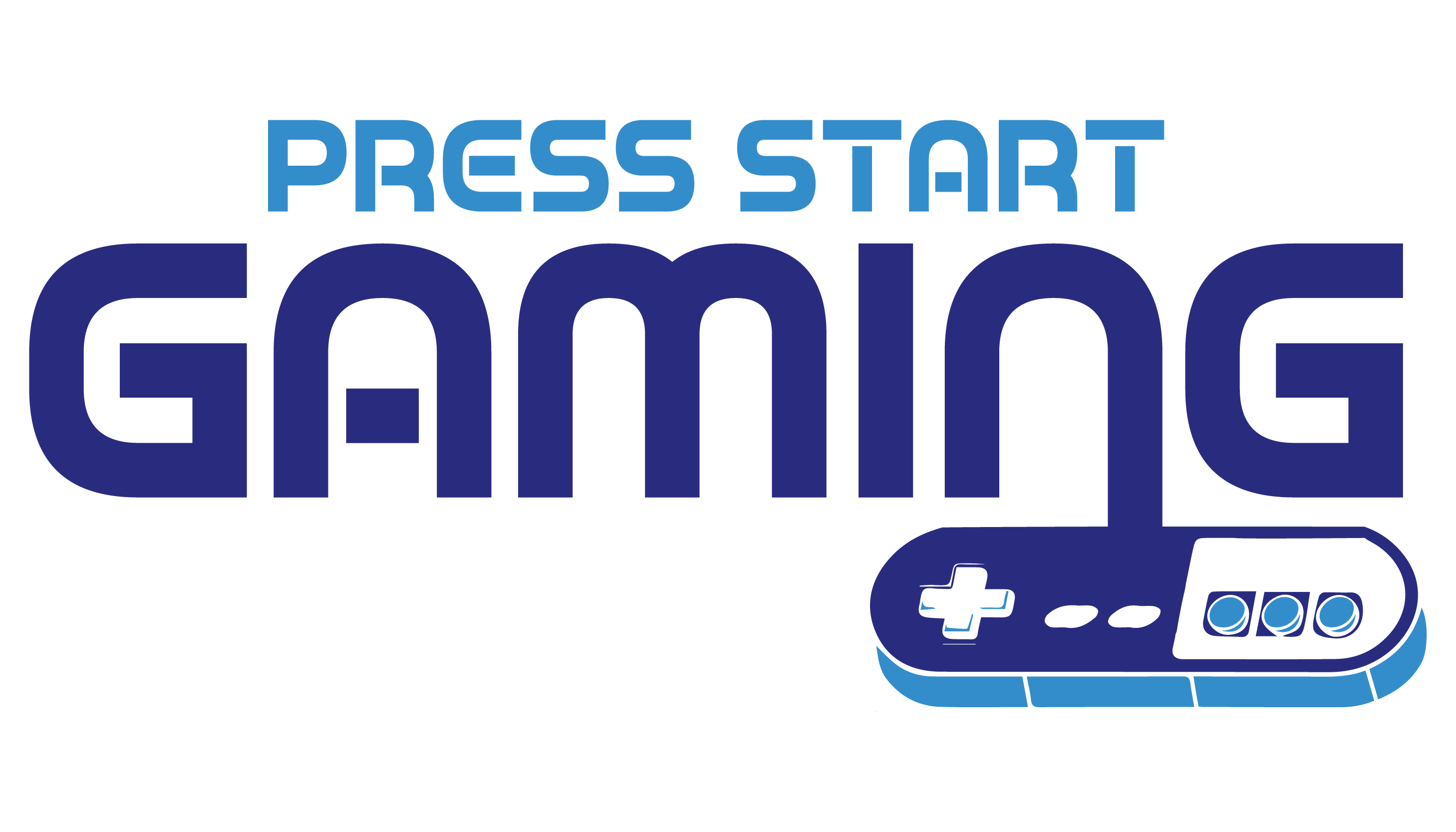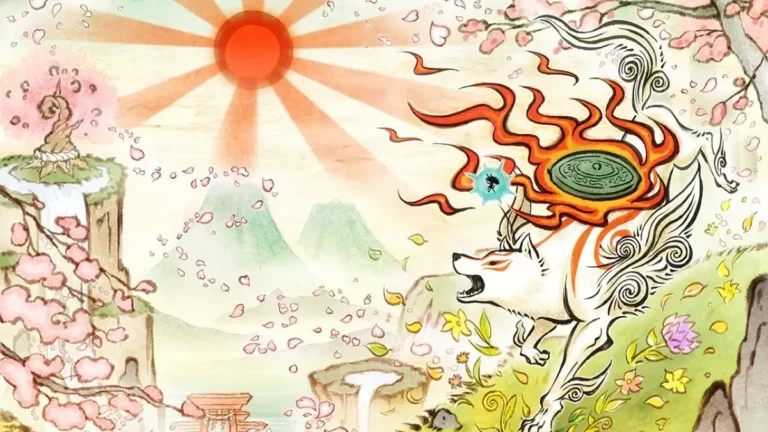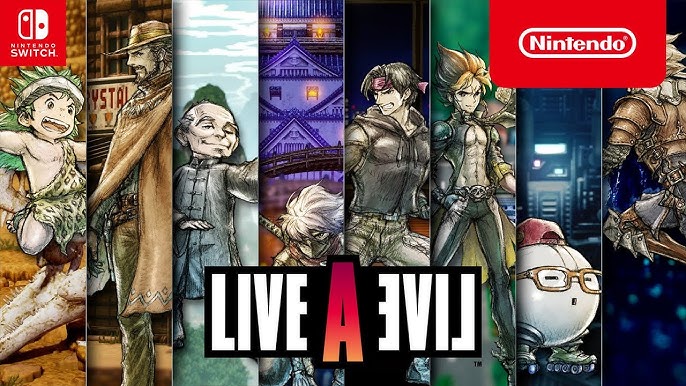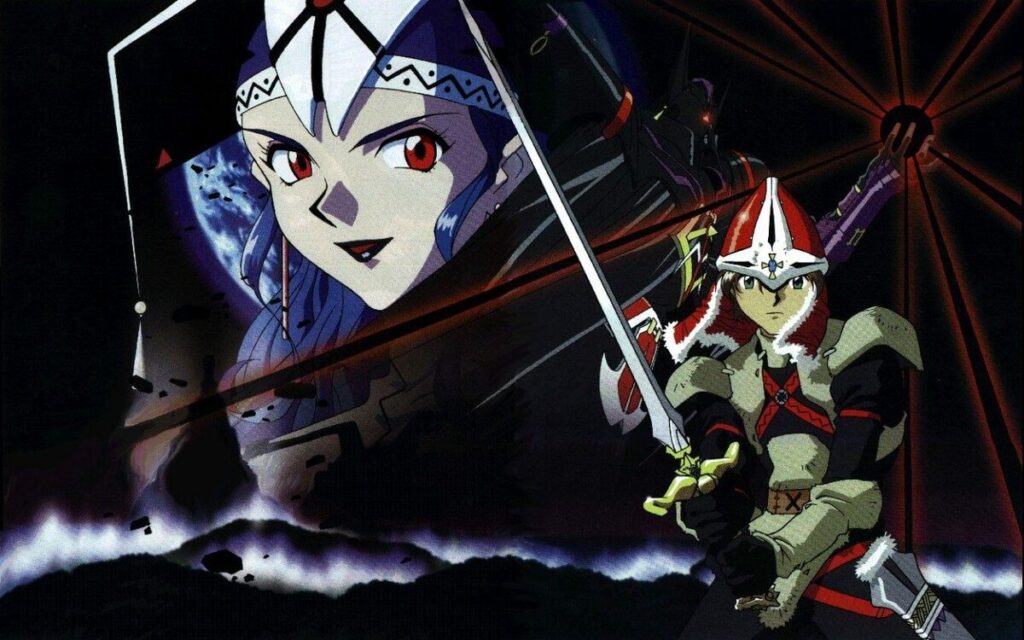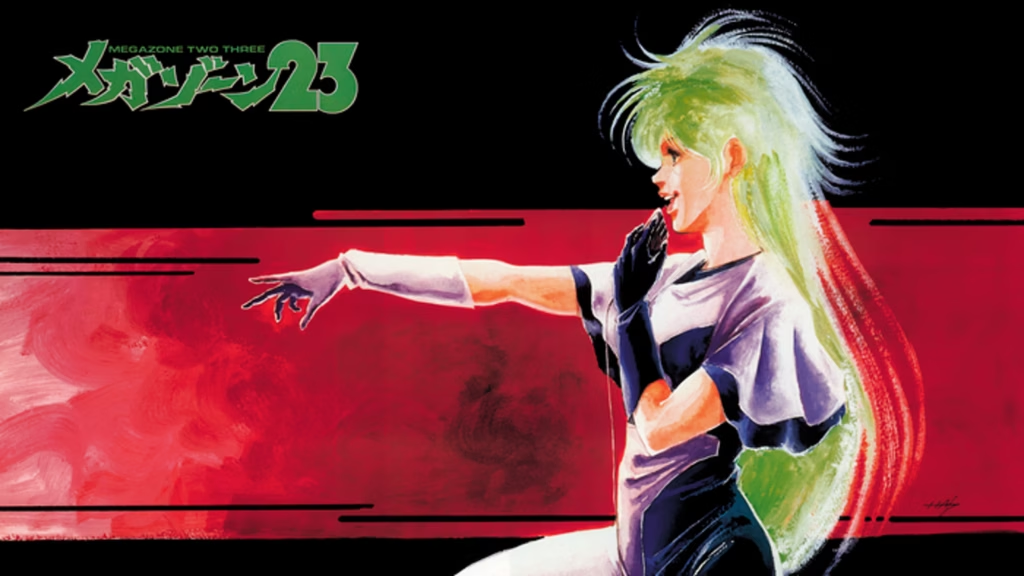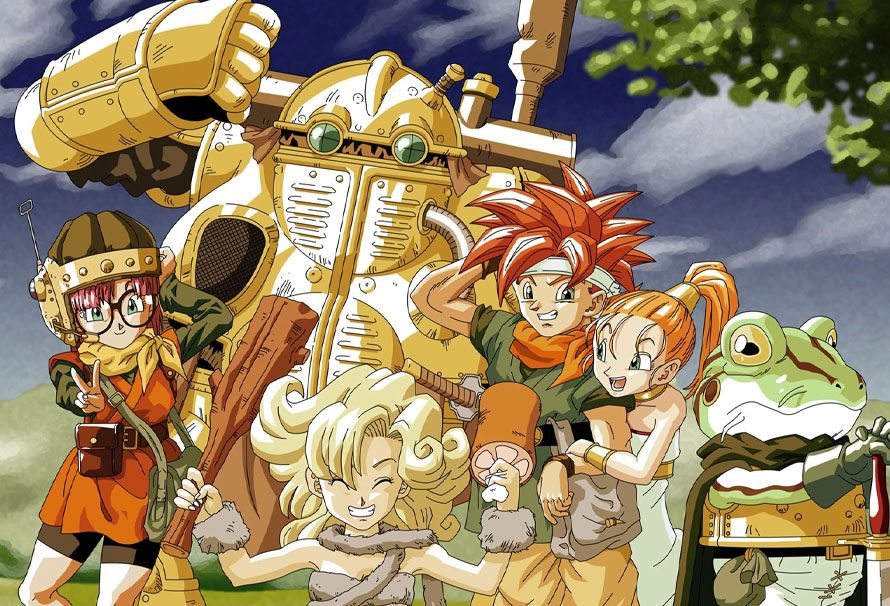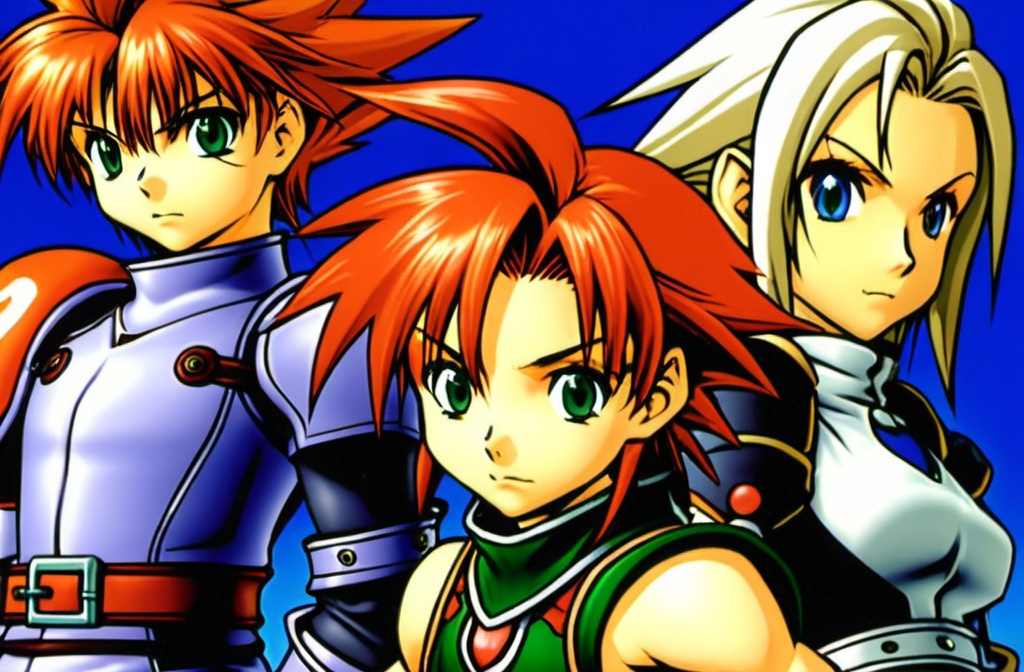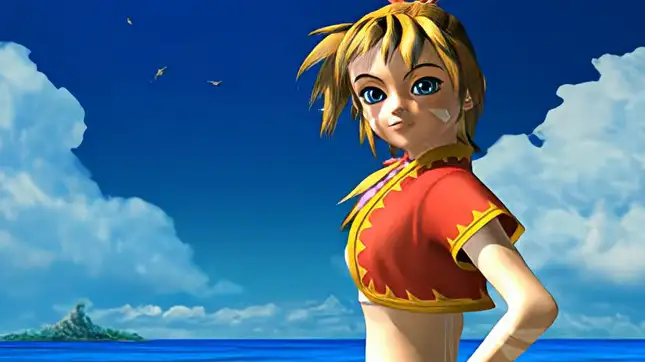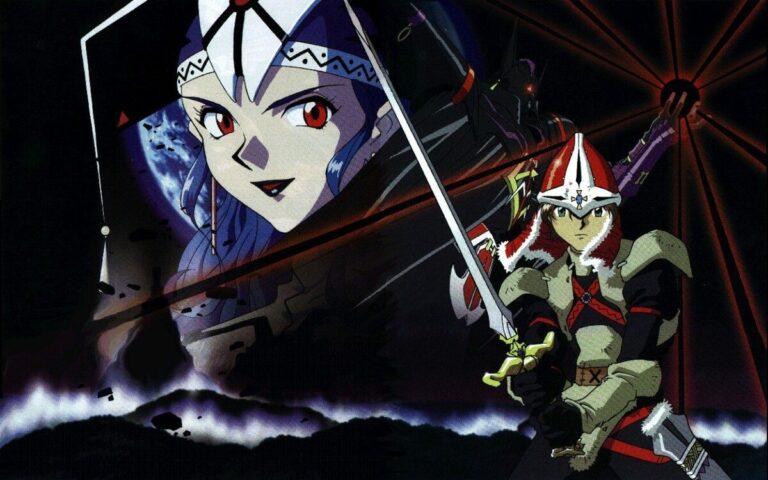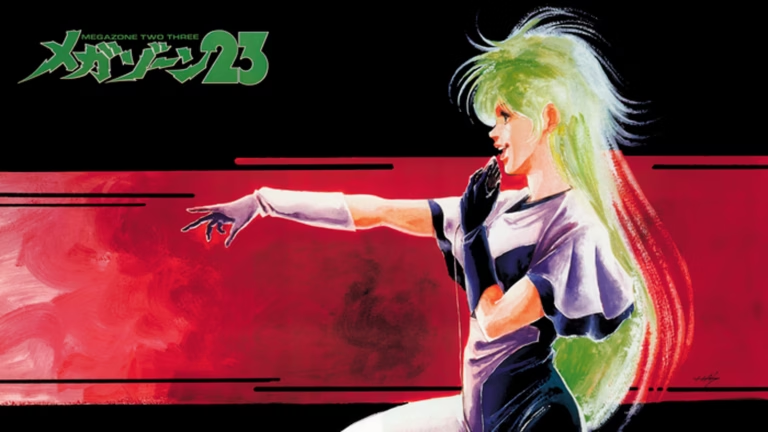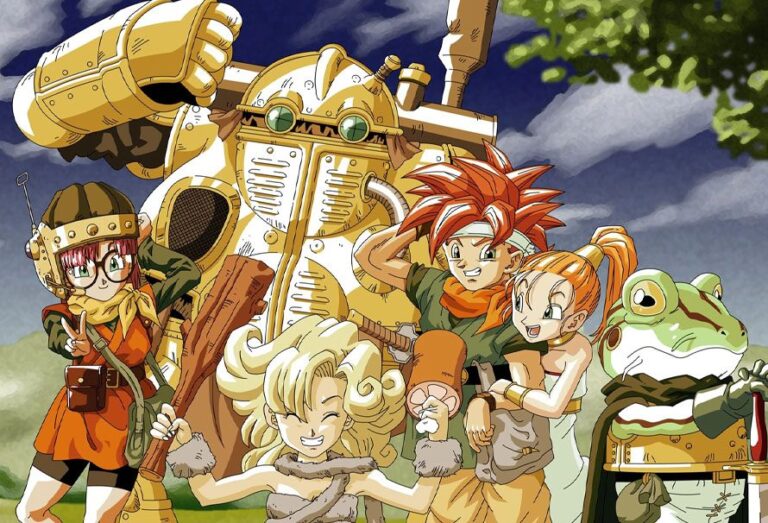The world of Japanese Role-Playing Games (JRPGs) has always been a treasure trove of captivating stories, intricate gameplay mechanics, and unique art styles. While many have made their way to American shores, there are still a plethora of gems that, for one reason or another, never crossed the ocean. Here, we explore ten JRPGs that remain elusive to American gamers, offering insights into their narratives and gameplay features.
Live A Live
Platform | Super Famicom |
|---|---|
Publisher | Square Enix |
Genre | Turn-Based RPG |
Release Date | 09/02/1994 |
Released in 1994 for the Super Famicom, *Live A Live* is a unique anthology-style JRPG by Square Enix. The game is structured around seven distinct scenarios, each set in different time periods and featuring its own protagonist. From the Wild West to the distant future, each chapter offers a unique narrative and gameplay mechanics, showcasing the versatility and creativity of its developers.
The game’s innovative battle system blends tactical RPG elements with traditional turn-based combat, set on a grid that requires strategic positioning. Each protagonist brings their own set of skills and abilities, making for varied and engaging combat experiences. While *Live A Live* received critical acclaim for its storytelling and diverse gameplay, its localized release was hindered by marketing concerns and the complexity of translating its varied narratives.
Seiken Densetsu 3
Platform | Super Famicom |
|---|---|
Publisher | Square Enix |
Genre | Action RPG |
Release Date | 09/30/1995 |
Known as a sequel to the beloved *Secret of Mana*, *Seiken Densetsu 3* was released in 1995 for the Super Famicom. This game further developed the series’ hallmark real-time combat system, with an added emphasis on character choices and branching storylines. Players select a party of three from six available characters, each with unique backstories and abilities. This choice impacts the narrative direction, offering multiple playthroughs with fresh perspectives.
The game introduced a class change system, allowing characters to evolve into advanced forms with new skills and appearances. Despite its success in Japan, technical limitations and concerns over localization costs prevented its official release in America. However, the game has since amassed a cult following and was eventually made available in the West as *Trials of Mana*.
Shin Megami Tensei: If...
Platform | Super Famicom |
|---|---|
Publisher | Atlus |
Genre | Turn-Based RPG |
Release Date | 10/28/1994 |
*Shin Megami Tensei: If…* is a fascinating entry in the Shin Megami Tensei series, released in 1994 for the Super Famicom. This game is often regarded as a spiritual predecessor to the *Persona* series, featuring a high school setting and a gripping narrative that explores themes of personal choice and morality.
Players assume the role of a student trapped in a demon-infested school, where they must form alliances, negotiate with demons, and navigate multiple story paths. The game’s alignment system influences the storyline and ending, offering a rich replay value. Despite its intriguing premise and engaging mechanics, *Shin Megami Tensei: If…* remained a Japan-exclusive due to its niche appeal and the series’ limited recognition outside Japan at the time.
Bahamut Lagoon
Platform | Super Famicom |
|---|---|
Publisher | Square Enix |
Genre | Strategy RPG |
Release Date | 02/09/1996 |
Square Enix’s *Bahamut Lagoon*, released in 1996 for the Super Famicom, is a strategy RPG that combines tactical combat with dragon management. Set in a world of floating islands, players command a squad of dragon-riding warriors in a bid to free their kingdom from tyranny.
The game’s combat takes place on a grid, with players managing both human units and dragons, which can be nurtured and evolved to complement various battle strategies. The narrative unfolds through a series of engaging missions, each revealing more about the characters’ motivations and the world they inhabit. Localization challenges and the niche appeal of strategy RPGs at the time meant that *Bahamut Lagoon* never saw an official American release, though it remains a beloved title among import enthusiasts.
Tales of Destiny 2
Platform | PlayStation 2 |
|---|---|
Publisher | Bandai Namco |
Genre | Action RPG |
Release Date | 11/28/2002 |
Not to be confused with *Tales of Eternia*, which was released as *Tales of Destiny II* in America, *Tales of Destiny 2* is a direct sequel to the original *Tales of Destiny*. Released in 2002 for the PlayStation 2, this game continues the story of the Swordian wielders, introducing new characters and expanding on the series’ signature Linear Motion Battle System.
Players engage in fast-paced, side-scrolling combat, utilizing combos and special attacks in real-time battles. The game also features a robust character development system, allowing players to customize their party’s abilities through experience and skill points. Despite its engaging gameplay and deep narrative, *Tales of Destiny 2* was never localized for American audiences due to concerns over its marketability and the complexity of its translation.
Mother 3
Platform | Game Boy Advance |
|---|---|
Publisher | Nintendo |
Genre | Turn-Based RPG |
Release Date | 04/20/2006 |
The long-awaited sequel to the cult classic *EarthBound*, *Mother 3* was released in 2006 for the Game Boy Advance. This heartfelt RPG takes place in the whimsical yet melancholic world of the Nowhere Islands, following the story of a young boy named Lucas and his quest to save his family and home from a mysterious threat.
The game’s turn-based combat features a rhythmic combo system, rewarding players for timing their attacks to the beat of the background music. *Mother 3* is renowned for its emotional depth, tackling themes of loss, family, and identity with both humor and poignancy. Despite its critical success in Japan, the game’s localization was never realized due to concerns over its niche appeal and complex cultural references.
Radical Dreamers
Platform | Super Famicom Satellaview |
|---|---|
Publisher | Square Enix |
Genre | Visual Novel |
Release Date | 05/31/1996 |
A text-based visual novel and successor to *Chrono Trigger*, *Radical Dreamers* was released in 1996 for the Super Famicom’s Satellaview service. This game offers an alternate narrative to *Chrono Cross*, following the adventures of Serge, Kid, and Magil as they infiltrate a mysterious manor to retrieve a powerful artifact known as the Frozen Flame.
The game’s story unfolds through descriptive text and atmospheric music, with players making choices that influence the plot and lead to multiple endings. While its unique storytelling approach and connection to *Chrono Trigger* could have intrigued American audiences, its release was limited by the Satellaview’s regional exclusivity and the lack of demand for text-heavy games in the U.S. market.
Ys V: Lost Kefin, Kingdom of Sand
Platform | Super Famicom |
|---|---|
Publisher | Nihon Falcom |
Genre | Action RPG |
Release Date | 12/29/1995 |
*Ys V: Lost Kefin, Kingdom of Sand*, released in 1995 for the Super Famicom, is an action RPG that continues the adventures of Adol Christin in a mysterious desert kingdom. This installment introduced a more traditional RPG approach, with enhanced graphics, story depth, and a refined combat system compared to its predecessors.
Players engage in real-time battles, exploring dungeons and uncovering the secrets of the lost city of Kefin. While the game received mixed reviews in Japan, its departure from the series’ established formula and lack of commercial success led to its exclusion from the American market. Nevertheless, it remains a significant part of the *Ys* series’ evolution, paving the way for future installments.
Front Mission 5: Scars of the War
Platform | PlayStation 2 |
|---|---|
Publisher | Square Enix |
Genre | Tactical RPG |
Release Date | 12/29/2005 |
Released in 2005 for the PlayStation 2, *Front Mission 5: Scars of the War* is a tactical RPG that delves into the geopolitical complexities of a world at war, told through the eyes of a soldier named Walter Feng. The game features deep strategic combat involving customizable mechs known as Wanzers, set against a backdrop of political intrigue and personal stories.
Players manage their squad’s equipment, skills, and tactical positioning in turn-based battles, with a focus on strategic planning and resource management. Despite its critical acclaim in Japan for its gripping narrative and refined gameplay, *Front Mission 5* was deemed too niche for the American market, particularly in a landscape dominated by action-oriented titles.
Treasure of the Rudras
Platform | Super Famicom |
|---|---|
Publisher | Square Enix |
Genre | Turn-Based RPG |
Release Date | 04/05/1996 |
*Treasure of the Rudras*, released in 1996 for the Super Famicom, is a traditional turn-based RPG that stands out for its unique magic system and complex narrative structure. The game is set in a world facing imminent destruction, where players control three different protagonists, each with their own storyline that converges in the final act.
The game’s standout feature is its mantra system, allowing players to create custom spells by combining words and elements, offering a high degree of experimentation and strategic depth. Despite its innovative mechanics and engaging plot, *Treasure of the Rudras* never reached American audiences due to its late release in the Super Famicom’s lifecycle and the increasing focus on newer consoles.
These ten JRPGs offer a glimpse into the diverse and rich landscape of Japanese gaming, showcasing creativity and storytelling that, while not officially available in America, continue to captivate and inspire through fan translations and import communities. Each game represents a unique chapter in the history of JRPGs, highlighting the cultural and technological factors that influence which titles make it to global markets.
